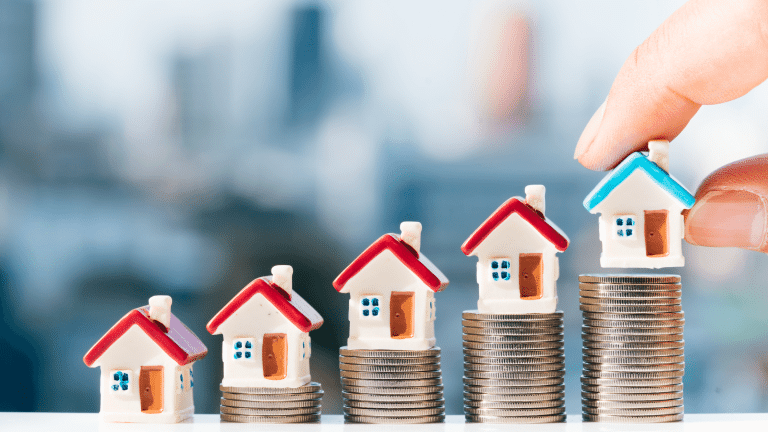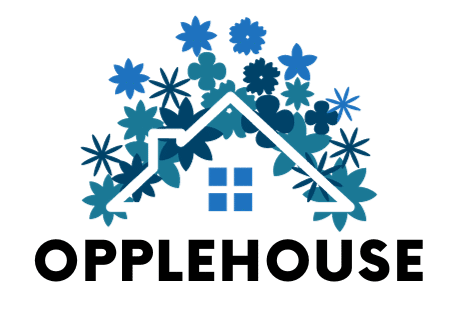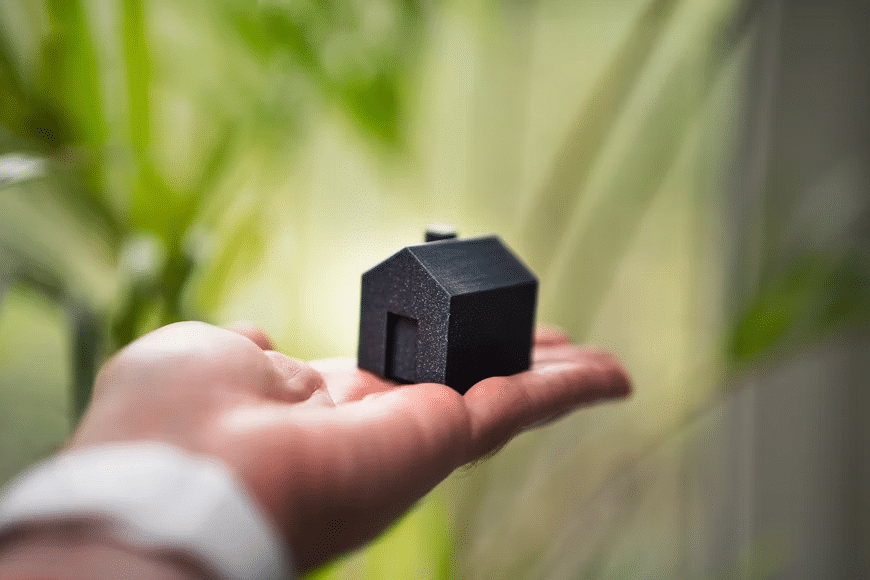Want a real estate portfolio that makes money AND saves the planet?
The real estate investment game is changing. Investors who don’t factor in sustainability to their investing decisions are leaving millions on the table. Here’s the interesting thing, though:
Sustainable real estate is crushing it financially.
In this guide, you’ll learn exactly how to play the new game. With profits and the environment in mind. You will also learn tried and true strategies that work right now.
Ready to win? Let’s go!
What You’ll Learn
- Why sustainable real estate outperforms traditional properties
- The green building premium by the numbers
- Identifying high-return sustainable investment opportunities
- Practical strategies to lower risk and increase return
Why Sustainable Real Estate Is Actually More Profitable
Here’s something that most real estate investors are missing…
Green buildings beat traditional real estate on every investment metric. Nine in 10 global institutional investors are already basing their decisions on sustainability factors.
And that’s no coincidence.
Whether you’re eyeing commercial office buildings, residential homes, or even starting with a cash offer for your house in your own neighborhood, REIS are paying attention to sustainability metrics because it matters to the bottom line.
Fact is, buildings cause nearly 40% of global carbon emissions. With regulation increasing and investor demand skyrocketing, assets that address that pain point demand a premium.
Studies prove it. One study found 63% of investors are implementing ESG data to improve returns, not just because it’s the right thing to do.
It is even better: You can jump into sustainable real estate investing at any portfolio size.
The Green Premium: Real Numbers You Need To Know
Want to see exactly what sustainable real estate are worth right now?
Green certified properties are not only beating the pants off traditional assets. They’re stomping on their toes as well. Look at these numbers:
- Rent Premiums: 3-23% higher rent for green buildings compared to comparable non-certified ones
- Occupancy Rates: 3-18% higher occupancy for certified assets
- Sale Prices: 11-43% higher sale price for green buildings versus non-green counterparts
- Operating Costs: Energy-efficient buildings with green-certified properties see 13-15% lower operating costs over five years
That’s not peanuts, eh?
Here’s something even more important. By 2030, tenant demand for low-carbon real estate is expected to be three times higher than the current supply. So those who jump on this fast-growing trend early on have a significant competitive edge.
There’s a green premium because tenants and buyers will pay more for lower energy bills, better indoor air quality, meeting company sustainability goals, and protection from future regulations.
How To Identify High-Return Sustainable Opportunities
Ready for the secret sauce on the most lucrative sustainable real estate investments?
Focus on good properties first. Real estate with a good shape will only improve even further with green improvements. You don’t need LEED-certified properties from the get-go to deliver stellar returns.
Target markets with strong sustainability regulations and tenant demand for green features. Cities and states with aggressive climate policies are also the ones to present the best risk-adjusted returns for sustainable real estate.
Look for the following:
- Energy Performance: Properties with bad energy rating have high upside through easy upgrades
- Location Quality: Near public transport, walkability is a plus. Sustainable location score is also a plus for the property value
- Upgrade Potential: Properties that are close to green certification with the right investment can deliver highest returns
- Tenant Mix: Building serving tenants with a strong ESG mandate are a better candidate for the property as they can command premium rents and longer lease terms
Bonus: You don’t have to start big. Investing in residential is also doable. Even better, you get good returns when you factor in energy efficiency and other sustainable features.
Practical Strategies For Sustainable Investing

Enough with the theory. Let’s put it into practice now. Here are the strategies you can use now that work.
Start With Energy Efficiency Upgrades
Upgrades for energy efficiency are the lowest-hanging fruits for most properties. LED lights, smart thermostats, and better insulation have immediate ROI from the reduction of operating expenses.
Investment payback period is typically 3-7 years. After that, you’re swimming in profits from the cost savings. You also get to charge more rent from the value-add.
Focus On Certifications That Matter
Certifications are key, but not all of them. LEED and Energy Star top the list of certifications recognized globally by both tenants and investors.
Investment and compliance is needed upfront. But the numbers speak for themselves – buildings that are LEED-certified demand 9.1% higher rent, almost twice as much compared to the 4.7% higher rent for other green buildings.
Leverage Green Financing Options
Now hear this…
There are special lending programs for green buildings with better terms than traditional financing. Investors like Aviva Investors have already allotted billions of dollars to sustainable real estate alone.
You get lower interest rate for green-certified properties with these lenders. Loan-to-value on energy-efficient properties are also bigger compared to non-energy efficient projects. Flexible terms are also provided to account for the longer payback on energy-efficient upgrades. More access to specialized funds is also available that focuses on sustainable developments.
Plan For Climate Resilience
Climate adaptation is also an absolute must. More frequent extreme weather incidents have left climate resilient properties in demand and command a significant premium.
Insurance companies are raising the rates of properties that are at risk. On the other hand, climate-resilient buildings have lower insurance costs and a tenant that is willing to pay more to prevent business continuity issues.
The Future Of Sustainable Real Estate Investment
Wondering where this market is going?
This is the future of real estate, and this train is leaving the station. PropTech is making tracking and improving building performance easier than ever before. Intelligent buildings using AI and IoT to manage energy usage will be the new standard in new construction.
With an expected 11.9% annual growth between 2025 and 2032, PropTech continues to grow. These technologies help investors maximize returns by closely monitoring energy usage, predicting maintenance issues before they happen, and offering transparency to attract investors.
The bigger story is the trend on local governments. Cities and states continue to lead on climate with aggressive goals even with changes on the federal level. Local government units are also getting ahead of the game by announcing more rigorous building performance standards every year.
And all these point to one direction. Properties that are already up to the standard and have the resources to go above and beyond are only getting more valuable as the years go by while properties that are below-par are increasing risks while value declines.
Reducing Risk While Maximizing Returns
But how do you protect yourself on the downside while grabbing more profits?
Diversification is key. You don’t have to put all of your eggs in one basket. Not all your money has to be on one sustainability feature or one geographic market.
Start with prime markets where sustainability is already a priority. As you gain experience, scale into secondary markets where green features command even bigger premiums because of the limited supply.
Do your homework as well. Research local building codes and future regulations, utility costs and energy efficiency potential, tenant demand for sustainable features, and available incentives and financing programs.
Above all, play the numbers conservatively. Green premiums will be lower than the current level. But in a low to moderate scenario, energy savings alone already justifies the need for sustainable features.
Making It Happen
You’re now equipped with a game plan that helps balance profits and the environment.
The fact is, sustainable real estate is both a financially smart and an environmentally-friendly thing to do. Properties with good sustainable features consistently outperform traditional buildings on all the metrics that matter to real estate investors.
Those who act now can look forward to higher rental income from premium tenants, lower operating expenses because of energy efficiency, better property values as regulation get tougher, better financing terms due to green lending programs, and less risk from climate-related events.
Don’t wait for the whole market to swing green. The early birds of sustainable real estate are the ones that are also reaping the highest premiums and positioning themselves for the long-term success.
The best time to start building a sustainable real estate portfolio was five years ago. The second-best time is right now.

